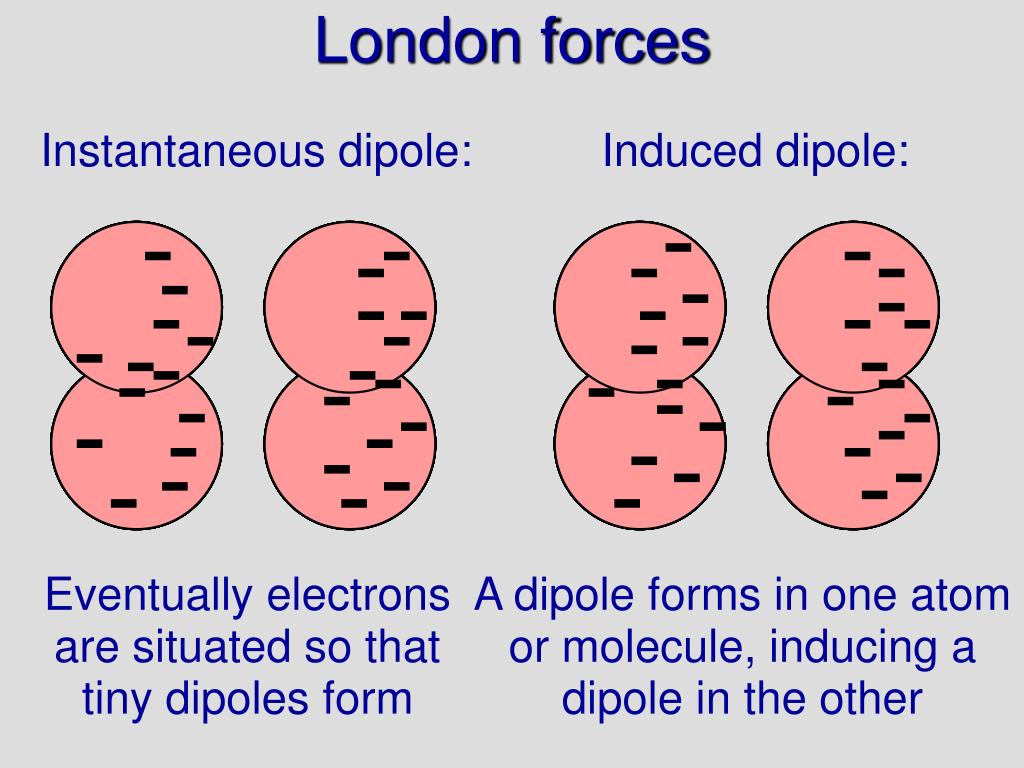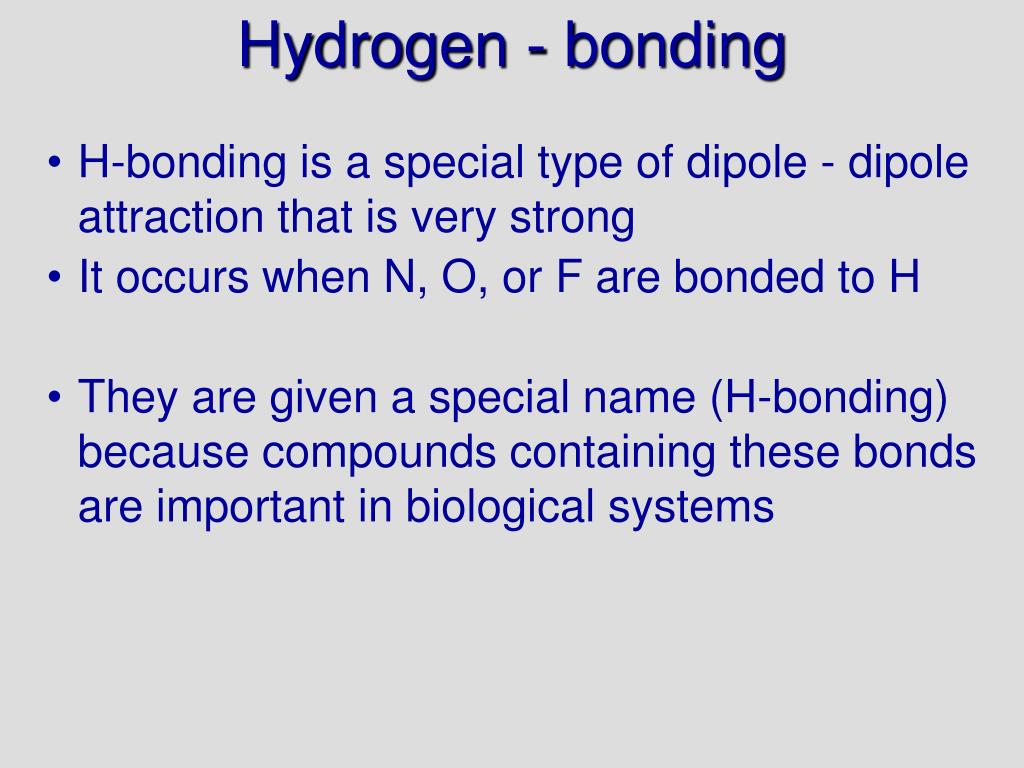


The highly electronegative `F` atom takes an electron away from the valence shell of `Na`. In ionic bonds, there is a transfer of electrons. Since this polarity value is in between 0.5 and 1.6, the H-O bond is considered a polar-covalent bond.Īn ionic bond is a bond between atoms of very high differences in electronegativity (greater than 1.6). The polarity for the H-O bond is calculated as follows: The range of polarity for a polar-covalent bond is 0.5 - 1.6įor example, the H-O bonds in water are considered non-polar covalent bonds. This occurs for bonds between atoms that have a moderate difference in electronegativity. The maximum polarity for a non-polar covalent bond is 0.5.Ī polar-covalent bond is a bond where there is an unequal sharing of electrons between atoms. This type of bond exists when the bonding atoms are the same or have very similar electronegativities. Just as the name implies, the bond is non-polar and thus no dipole moment exists. For example, in `H_2` the 2 bonding electrons are equidistant from each `H` atom. An intermolecular force is between entire molecules.Ī non-polar covalent bond occurs when the electrons are equally shared between atoms. An intramolecular force is between that atoms makeup a molecule. For now, let's distinguish intermolecular and intramolecular forces. There are several types of attractive forces which result from either differences in electronegativity or dipole moments.


 0 kommentar(er)
0 kommentar(er)
